The Summer Blockbuster Summer is in the air and an end of the year blockbuster exhibition is coming to a gallery near you. In case you have missed it – this year’s theme is ‘immersive’ – all of the shows have to be immersive. At Sydney’s Museum of Contemporary Art there is a survey exhibition of the Japanese artist Tatsuo Miyajima: Connect with everything built around several immersive installations. The central motif in Tatsuo Miyajima’s art is the digital counter, something that counts down numbers from 9 to 1 on a small LED screen, originally in red or green, but now also available in blue and white. He identifies this with a peculiarly Buddhist way of thinking where at the end of 1, the system ‘reboots’ and starts again on a new cycle as you are reincarnated into a new manifestation. This is in contrast to the Western mode of thought, where after 1 comes zero and you simply die. He refers to them as his ‘performing objects’, where each one can be thought of as standing for a single life, so that a multiplicity of digital counters stands for a whole society. One of his immersive installations is called Mega Death, 1999, which consists of quite a large room with thousands of these little LED digital counters each counting down from 9 to 1 and then momentarily blacking out and then resurrected in their new existence. The counters are all blue – a symbolic colour for life. At a particular moment in time, they all black out and you are standing in a completely darkened room and slowly, one by one they flicker back to life and the whole of society is resurrected. Mega Death was initially commissioned for the Venice Biennale and the artist saw it as a challenge to summarise the 20th century and wanted to stress that the peculiarity of the century in his mind was human annihilation on an industrial scale, especially after the American bombing of Hiroshima and Nagasaki. It is simple, but effective, with whole exhibition interpreted as a meditation on the shape of time. Melbourne’s great immersive exhibition is David Hockney: Current that surveys what the artist has been up to over the past decade. During this time he had moved back to his native Yorkshire, and gone all digital with iPhones and iPad pressed into the service of art making. After a grisly accidental death of one of his young studio assistants, Hockney and his entourage moved back to California, where at the age of 79 he shows no signs of slowing down. It is a deliberately overwhelming and disorientating exhibition, where the artist moves from traditional oil painting and painting with acrylics, to drawings on iPads, moving images and immersive installations. Gallery publicity speaks of 1200 works in the show and with the mesmerising and constantly changing images, this could prove to be a conservative estimate. The Bigger trees near Warter (2007), ironically subtitled “ou peinture sur le motif pour le nouvel age post-photographique” (or en plein air for the new post-photographic age), measuring a massive 459 x 1225 cm, consists of 50 rectangular canvas panels and focuses on a huge tree within a wooded setting, where each panel is painted outside and from the object. The composition had been photographically spliced together so that all of these painted panels appear to seamlessly combine into a single picture. This is possibly the largest out of doors painting ever attempted. In the installation in Melbourne, photographic reproductions of the painted panel are created on the neighbouring walls to evoke an immersive experience. Personally, I found the painting itself through scale and colour pitch so intense, that the copies on the surrounding walls appeared as a bit of a distraction. A more successful immersive experience is his The four seasons, Woldgate Woods (2010/11) where on four large screens, we have a glimpse of the same section of the Yorkshire landscape captured in summer, autumn, winter and spring. Using a technology not dissimilar to Google streetscapes, Hockney photographed each season employing 9 cameras mounted on a vehicle and shooting simultaneously. The result is a four-and-a-half minute loop on 9 split screens that are combined into a single image on a single screen. When sitting on the couch in the middle of the room and surrounded by the four screens with the four seasons, it becomes a meditative experience that effectively plays with our perception of time and the geographical space. The Hockney exhibition is that of an artist in a hurry convinced in his own genius and happy to leave his oeuvre unedited. Many of the paintings are awkward, some of the digital drawings are slight and the neon pinks and hot greens are a bit painful on the retina. Nevertheless the pulsating energy, the love of risk taking and sense of defiance give this exhibition life and present the artist as a cigarette puffing maverick who refuses to age gracefully and, with vigour and aggression, constantly seeks to reinvent himself. At the Art Gallery of New South Wales you can immerse yourself into a sea of nudes, most of which are drawn from the collection of the Tate. It is a very uneven selection with a few dazzling highlights, including Pierre Bonnard’s The bath, 1925 and a selection of work by the wonderful Louise Bourgeois. Unlike their summer exhibition last year with a silly title, The greats: Masterpieces from the National Galleries of Scotland, which was a compact and terrific show and a runaway success for the gallery, the Nude is a spot drab and a spot uninteresting. Finally, the National Gallery of Australia promises a fully immersive exhibition of the treasures of Versailles with personal items from Louis XIV to Marie Antoinette. Perhaps the present incumbents at the Lodge will identify with the show and give the gallery some cake to eat, as presently it is starving, together with many other Australian art institutions. Perhaps one day the Australian public galleries will get over the idea that we need blockbusters every summer and the Australian art public will stop demanding them. To the best of my knowledge, none of these immersive exhibitions will be travelling to other venues in Australia. Tatsuo Miyajima: Connect with everything, Museum of Contemporary Art, Sydney, November 3 – March 5, 2017
David Hockney: Current, National Gallery of Victoria, International, St Kilda Road, Melbourne, November 11 – March 13, 2017 Nude: Art from the Tate collection, Art Gallery of New South Wales, Sydney, November 5 – February 5, 2017 Versailles: Treasures from the Palace, National Gallery of Australia, Canberra, December 9 – April 17, 2017
0 Comments
Your comment will be posted after it is approved.
Leave a Reply. |
GRISHIN'S ART BLOG
Sasha Grishin AM, FAHA is the author of more than 25 books on art, including Australian Art: A History, and has served as the art critic for The Canberra Times for forty years. He is an Emeritus Professor at the Australian National University, Canberra; Guest Curator at the National Gallery of Victoria, Melbourne; and Honorary Principal Fellow, Faculty of Arts, at the University of Melbourne. Archives
September 2023
Categories
Keep up-to-date with Sasha Grishin's blog with the RSS feed.
RSS offers ease of access and ensures your privacy, as you do not need to subscribe with an email address. Click here to download a free feed reader |

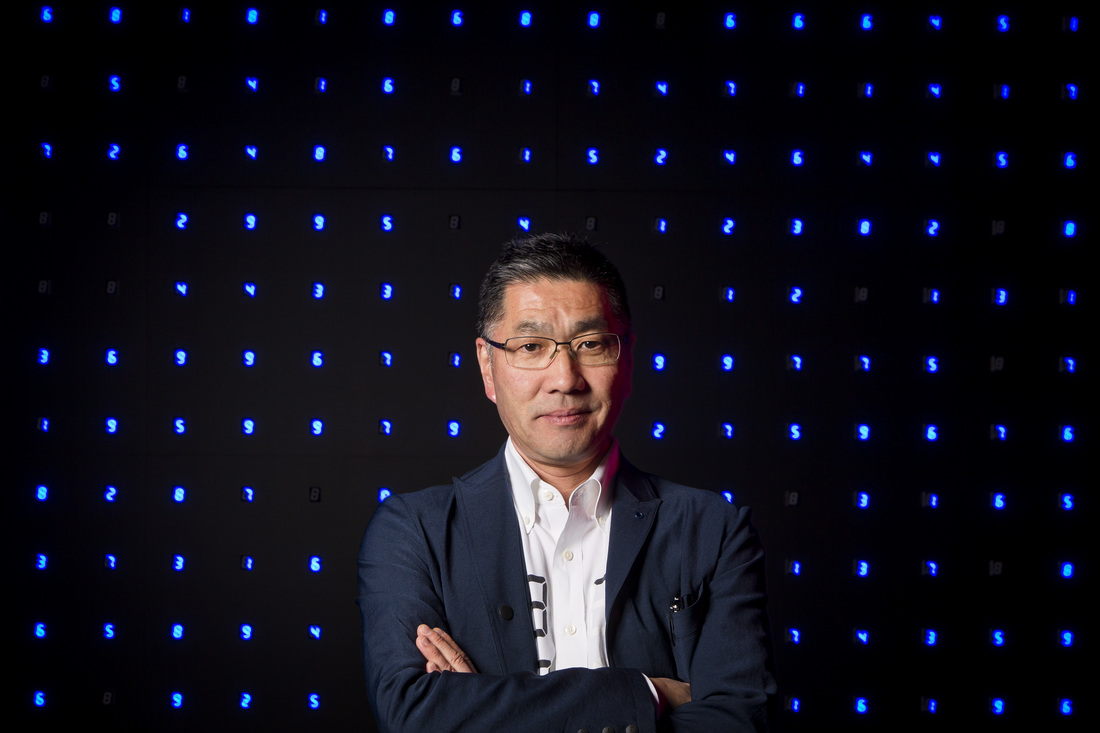
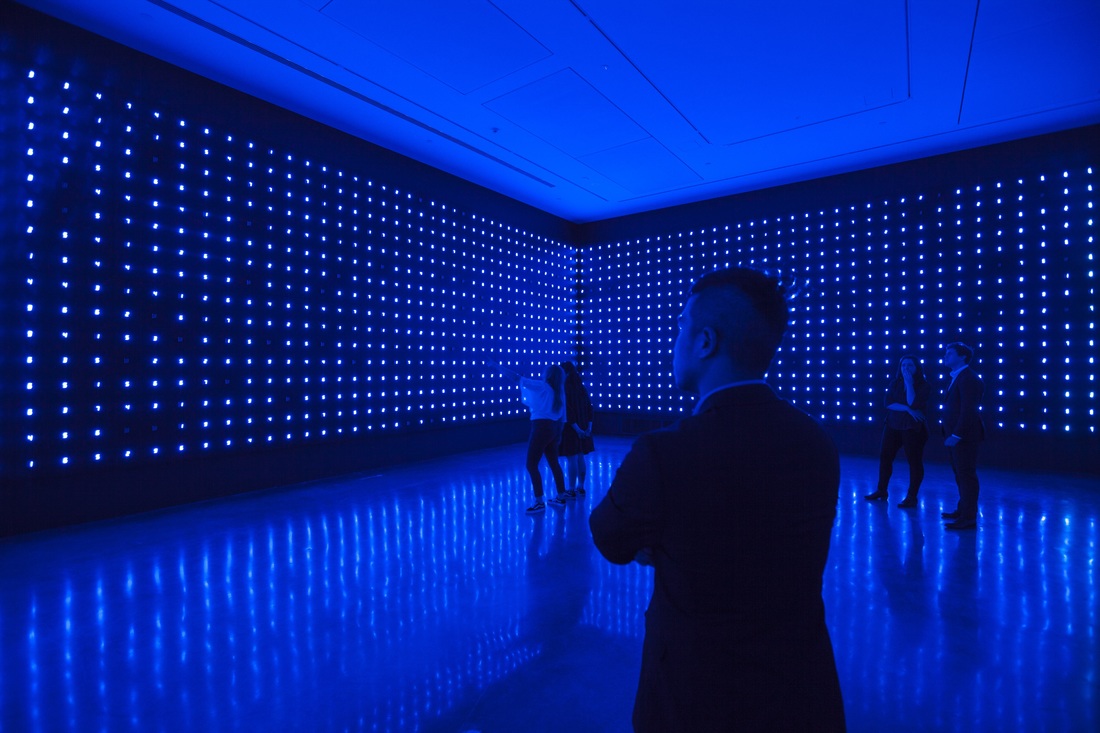
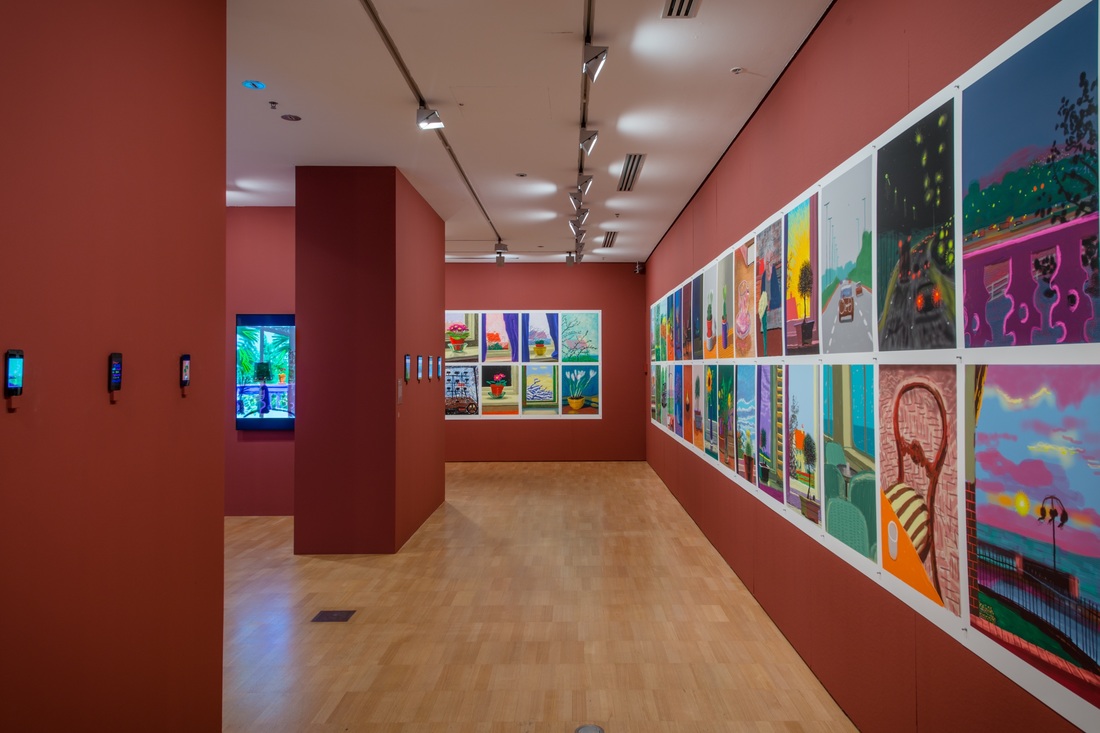
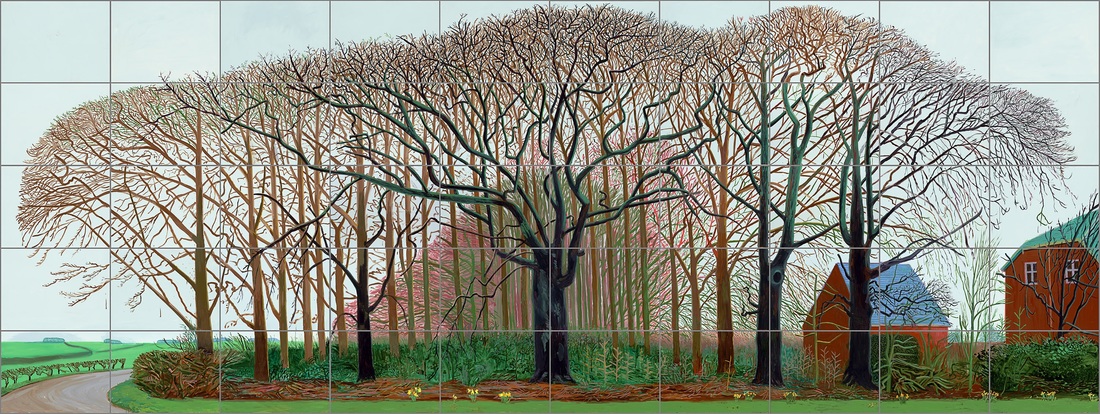
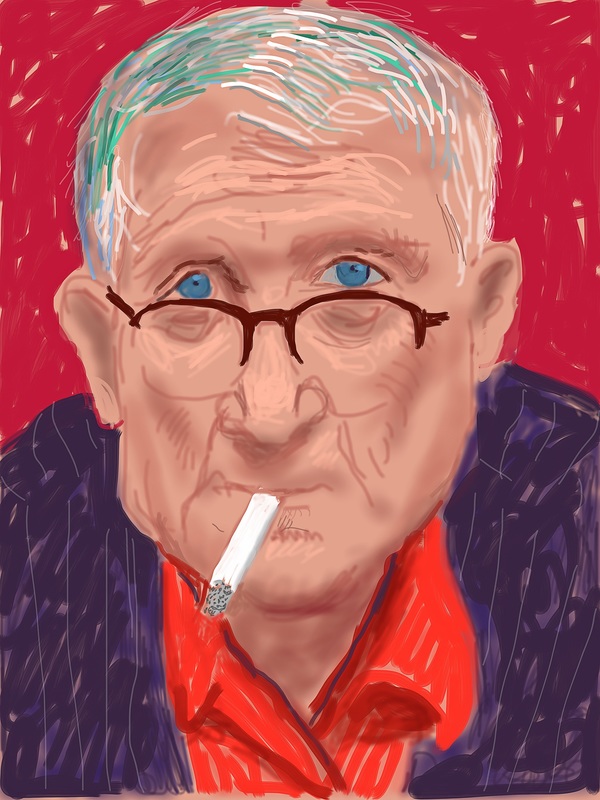

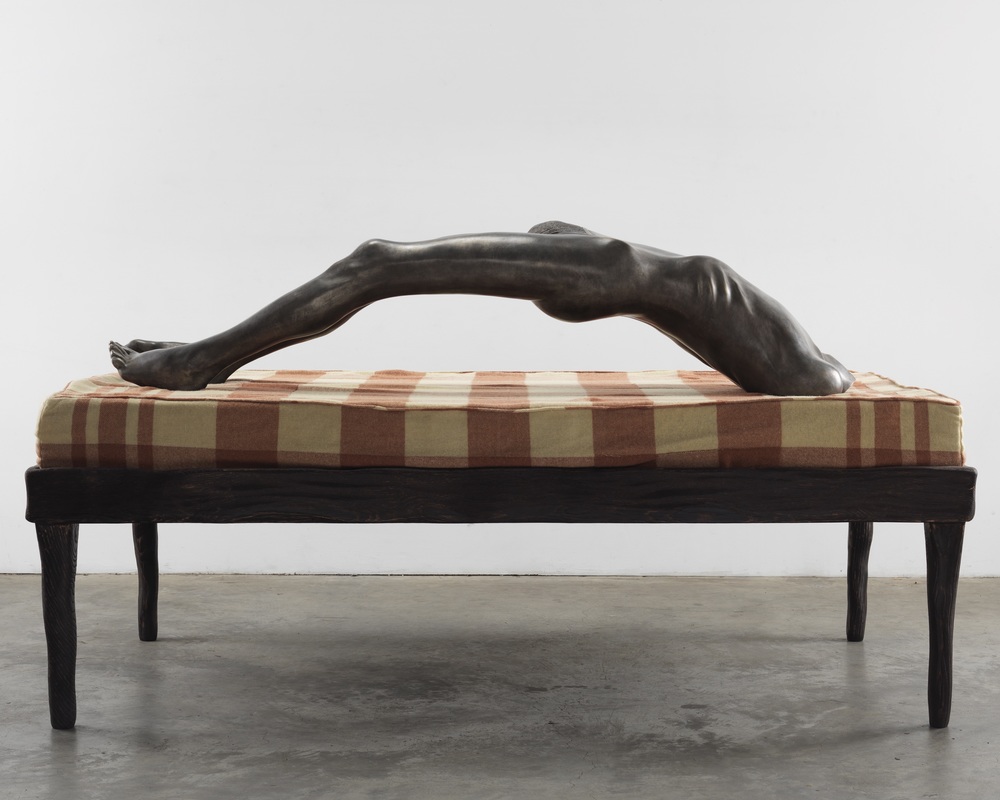
 RSS Feed
RSS Feed